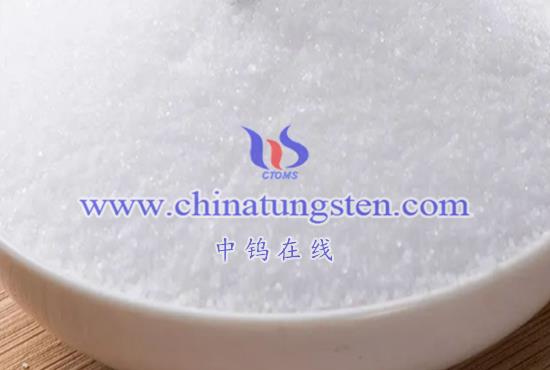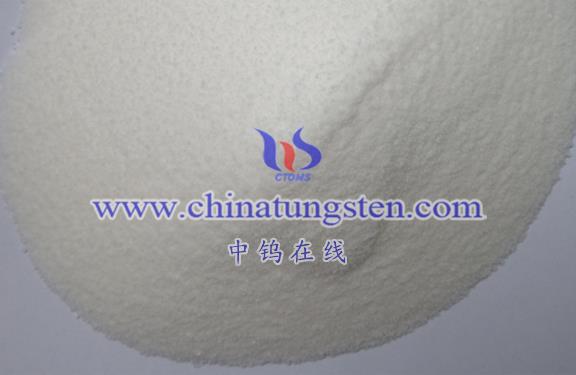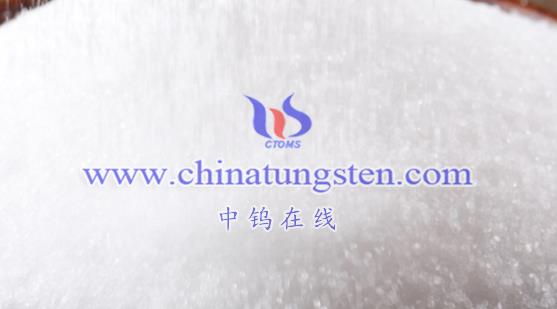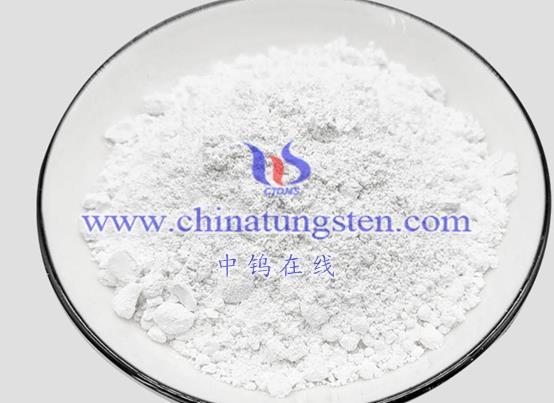
Despite its numerous advantages, nano-tungsten oxide (WO3) faces several limitations and challenges in photocatalysis. These issues need to be addressed to enhance its effectiveness and broaden its applications. The main drawbacks are:
- High Electron-Hole Pair Recombination Rate
- Problem: During photocatalytic reactions, nano-tungsten oxide generates electron-hole pairs. However, these pairs tend to recombine quickly, which reduces the efficiency of the photocatalysis. Effective separation of electron-hole pairs is crucial for the photocatalytic process, but high recombination rates mean that many of these pairs recombine before they can participate in the reaction, thus hindering the overall effectiveness.
- Narrow Light Absorption Range
- Problem: Nano-tungsten oxide primarily absorbs ultraviolet (UV) light and has limited absorption capabilities in the visible and infrared spectra. Since visible and infrared light constitute the majority of the solar spectrum, this narrow absorption range limits its efficiency in utilizing solar energy for photocatalytic reactions. Researchers are working on strategies such as doping and modifying the material to extend its absorption range and improve its solar energy utilization.
- Stability Issues
- Problem: The stability of nano-tungsten oxide photocatalysts can be a concern in practical applications. Long-term exposure to light, corrosion from reactants, and chemical changes in the catalyst itself can lead to deactivation or decreased performance. Enhancing the stability of nano-tungsten oxide photocatalysts is essential for ensuring reliable and long-term operation in real-world applications.
- High Preparation Costs
- Problem: The preparation of nano-tungsten oxide often involves expensive raw materials, complex processes, and energy-intensive equipment, resulting in high production costs. Reducing the cost of synthesis is crucial for making nano-tungsten oxide more commercially viable and widely used.
- Limited Application Scope
- Problem: While nano-tungsten oxide shows considerable potential in photocatalysis, its practical applications are somewhat limited. Different application areas have specific requirements for catalysts, such as performance, water quality adaptability, toxicity to biological entities, and reusability. Tailoring and optimizing nano-tungsten oxide for these specific needs can be challenging and may limit its applicability in certain fields.
In summary, nano-tungsten oxide presents several challenges in the field of photocatalysis, including high electron-hole recombination rates, narrow light absorption range, stability issues, high preparation costs, and limited application scope. Addressing these limitations through ongoing research and development is essential for unlocking its full potential and facilitating broader applications.
More details of tungsten oxide product, please visit website: tungsten-oxide.com
Please contact CHINATUNGSTEN for inquiry and order of tungsten oxide:
Email: sales@chinatungsten.com
Tel.: 86 592 5129595










